CyberDrill Ransomware
CyberDrill Ransomware Removal: Tutorial To Remove CyberDrill Ransomware Successfully
Look at various different errors caused by CyberDrill Ransomware 0x80244006 WU_E_PT_SOAPCLIENT_SERVER Same as SOAPCLIENT_SERVER_ERROR - SOAP client failed because there was a server error., 0x00000060, Error 0x0000005C, 0x80242002 WU_E_UH_UNKNOWNHANDLER A request for an update handler could not be completed because the handler could not be recognized., 0x000000E1, 0x8024E005 WU_E_EE_NOT_INITIALIZED The expression evaluator could not be initialized., 0x8024502D WU_E_PT_SAME_REDIR_ID Windows Update Agent failed to download a redirector cabinet file with a new redirectorId value from the server during the recovery., 0x00000069, Error 0xC1900208 - 1047526904, 0xf081D CBS_E_CYCLE_EVALUATION Watchlist: cycle appears when planning component intended state., 0x80249001 WU_E_INVENTORY_PARSEFAILED Parsing of the rule file failed., 0x80242001 WU_E_UH_LOCALONLY A request for a remote update handler could not be completed because the handler is local only., 0x8024401E WU_E_PT_HTTP_STATUS_GONE Same as HTTP status 410 - requested resource is no longer available at the server., 0x80240001 WU_E_NO_SERVICE Windows Update Agent was unable to provide the service., We could not Update System Reserved PartitionGet Rid Of CyberDrill Ransomware From System Easily
CyberDrill Ransomware is yet another harmful computer threats that already infected large number of System across globe. With the only bad intention to make illegal profit and steal victims personnel data cyber criminals created this nasty threats as well as spread extensively over Internet. Basically it intrudes inside your System through bundled with freeware or shareware program. Additionally clicks to suspicious ads, infected websites visits and nevertheless opening spam email attachments result in its invasion.
CyberDrill Ransomware does all best to lean down your computer performance, creates large number of junk files that consumes maximum resources as resultant CPU hangs a lot. Moreover, alter browser default settings according to its needs after which continuous redirection, regular coming ads with much slow Internet speed frustrate you. The worst part, security analyst found it monitors all activity you do online, thus private information are under threats. Therefore you are strongly suggested to Get Rid Of CyberDrill Ransomware from System as soon as possible.
Part 1:- Start System In Safe Mode With Networking
Windows 8/10
- Click on Start menu >> Press Shift key.
- Click on Restart button.

- Select Troubleshoot option from screen.
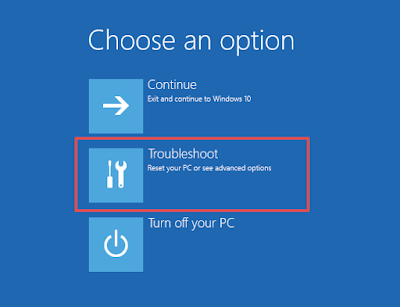
- Click on Advanced Options >> Choose Startup Settings option.
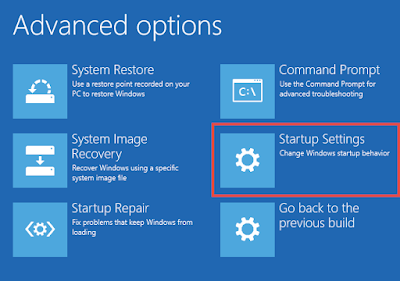
- Select Enable Safe Mode option >> Click Restart button.
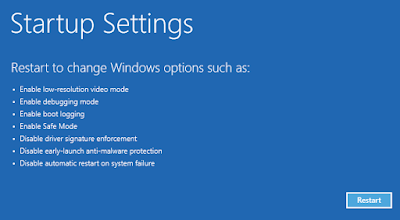
- Press F5 button to Enable Safe Mode With Networking option.
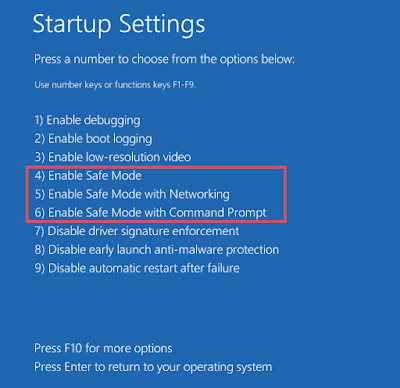
Windows XP/Vista/7
- Click on Start menu >> Select Restart button.
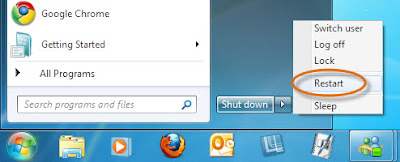
- While System start booting, Press F8 button continuously.
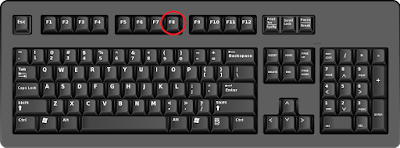
- After that Advance boot menu appear on System screen.
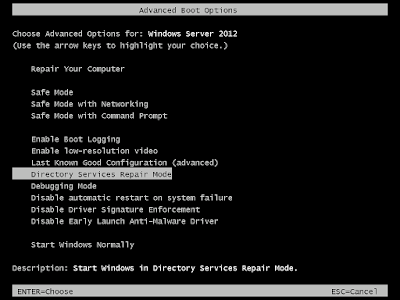
- Select Safe Mode With Networking Option.
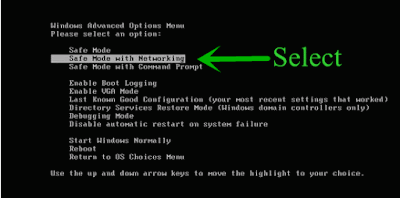
- Finally press Enter button.
Part 2:- Get Rid Of CyberDrill Ransomware From Control Panel
Windows XP
- Go the Start menu >> Select Control Panel.
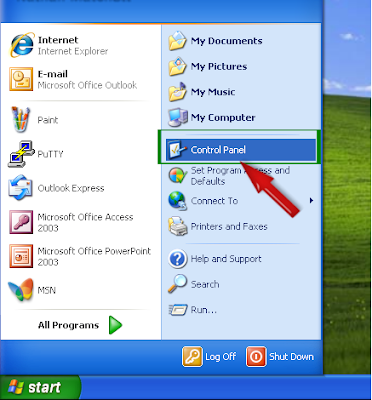
- Click on Add or Get Rid Of programs option.
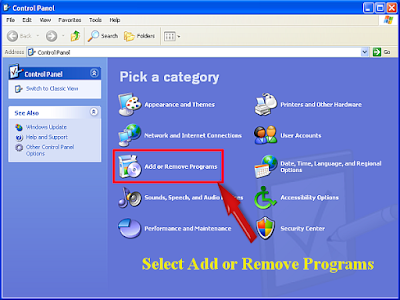
- Search and Get Rid Of unwanted program from System.
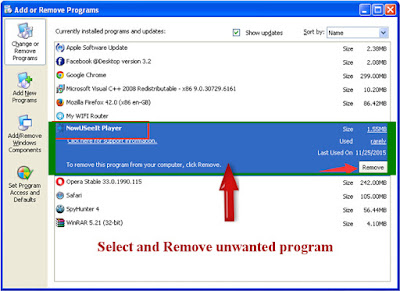
Windows 7
- Click the Windows key.

- Select Control Panel Option.
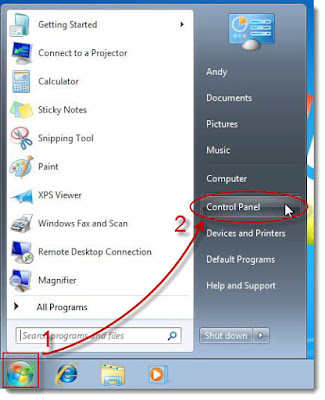
- Select Get Rid Of A Programs option.
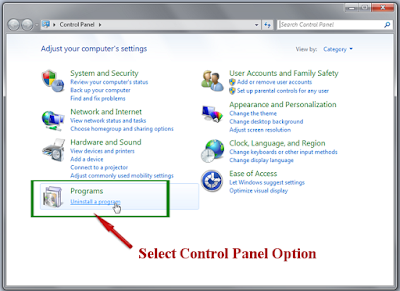
- Select and Get Rid Of unwanted program from system.
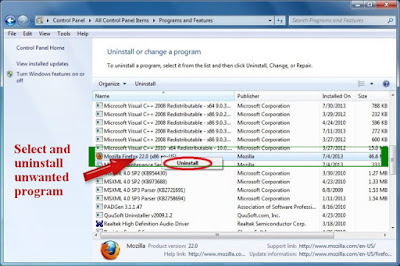
Windows 8
- Press Win+R button to open Run Box.
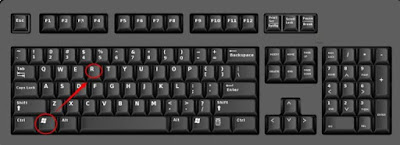
- Type control panel in Run window.
- Press Enter button to open the Control Panel.
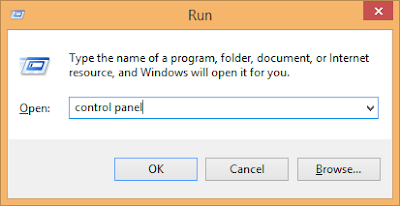
- Select Get Rid Of a program.

- Do Right-click CyberDrill Ransomware related programs.
- Click Get Rid Of option to Get Rid Of it completely.

Windows 10
- Press the start button.
- Select Settings option.
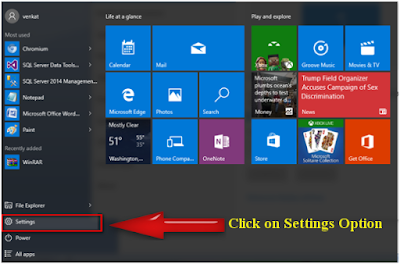
- Choose system option there.

- Click on Apps and Features option.
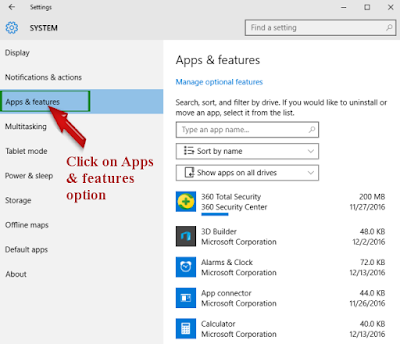
- Select and Get Rid Of unwanted program.
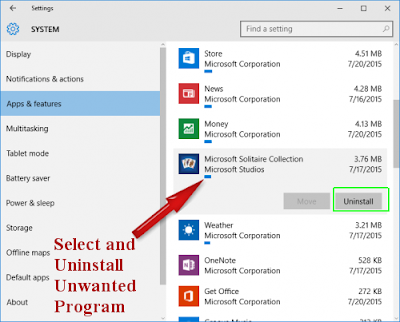
Part 3:- Get Rid Of CyberDrill Ransomware Related Process From Task Manager
- Press ALT+Ctrl+Del buttons altogether.
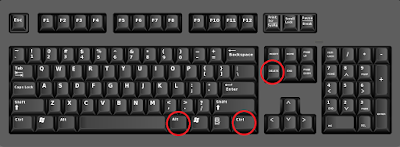
- Choose Windows Task manager option from System screen.
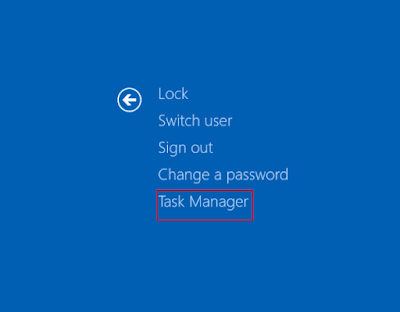
- Select the malicious process.
- Click on End Task button.
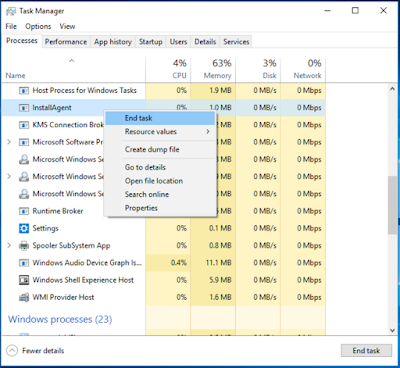
Part 4:- Solution to Get Rid Of CyberDrill Ransomware From Firefox
From Mozilla Firefox
- Open Mozilla Firefox browser.
- Click on gear icon to open menu.
- Select Add-ons >> Add-ons Manager tab will open.
- Choose Extensions or Appearance panel.
- Choose CyberDrill Ransomware add-on you want to Get Rid Of.
- Click the Get Rid Of button.

From Google Chrome
- Click on great icon to open Chrome menu.
- Now click on the Tools option.
- Go to Extension >> Select unwanted extension.
- Finally click on trash bin icon.

From Internet Explorer
- Open Internet Explorer browser.
- Click on Gear Icon to open Tools.
- Click on Manage Add-ons option.
- Select Toolbars and Extensions tab.
- Find CyberDrill Ransomware related add-ons >> Click Disable.
- Click More information button.
- Finally, click on Get Rid Of button.

From Microsoft Edge
Microsoft Edge doesn't support extension so you need to reset your
browser homepage.
- Open Microsoft Edge browser.
- Click on More (...) icon >> Go to Settings.
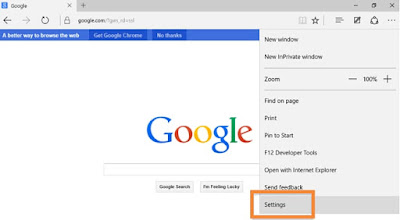
- Select a specific page or pages under Open option.
- Select Custom option.
- Enter URL that you want to set as your browser homepage.

Part 5:- Get Rid Of CyberDrill Ransomware From Registry Editor
- Pressing Win + R keys together.
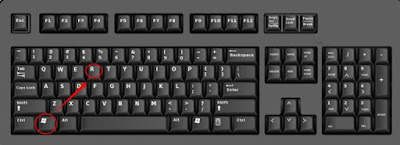
- Type regedit >> Click OK.
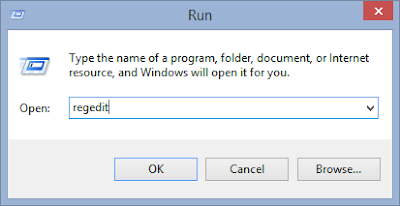
- Find and Get Rid Of CyberDrill Ransomware related registry files.
HKEY_LOCAL_MACHINESYSTEMCurrentControlSetServicesWpm
HKCU\Software\Microsoft\Windows\CurrentVersion\Internet Settings\random
HKEY_LOCAL_Machine\Software\Classes\[adware name]
HKEY_CURRENT_USER\Software\Microsoft\Windows\CurrentVersion\Run “.exe”
HKEY_CURRENT_USER\Software\Microsoft\Windows\CurrentVersion\Internet Settings “CertificateRevocation” = ’0
HKEY_LOCAL_MACHINE\SOFTWARE\Microsoft\Windows\CurrentVersion\run\random
HKEY_CURRENT_USERSoftwareMicrosoftInternet ExplorerMain “Default_Page_URL”


No comments:
Post a Comment